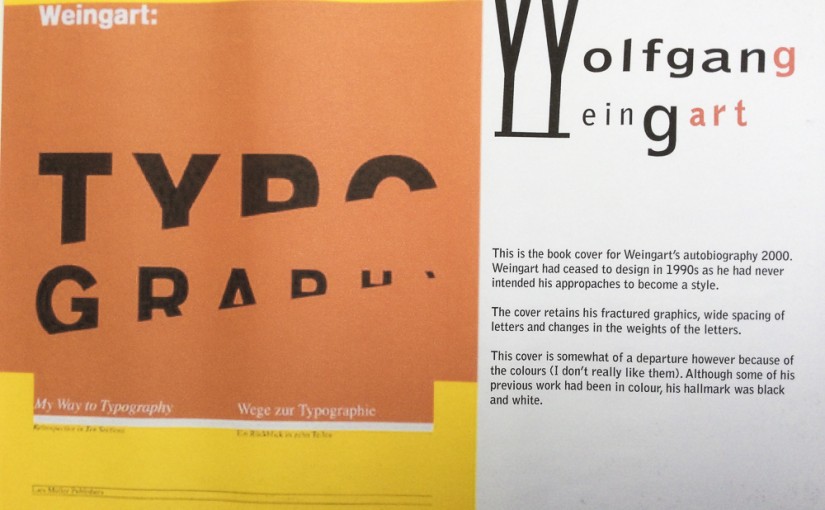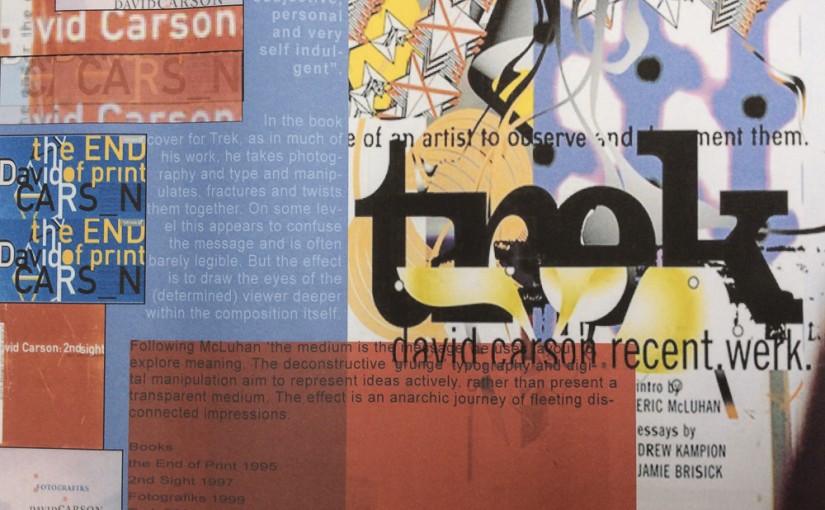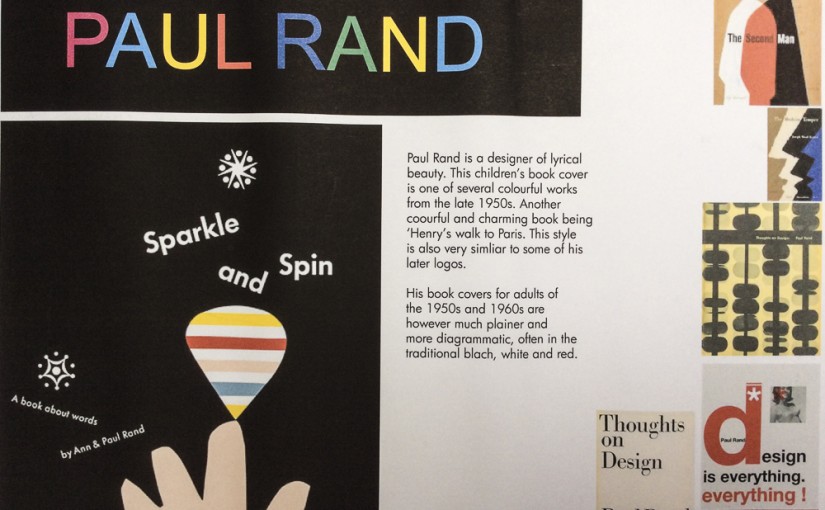Tag: US
-

Wolfgang Weingart
Wolfgang Weingart (born 1941 in the Salem Valley in southern Germany) is an internationally known graphic designer and typographer. His work is categorized as Swiss typography and he is credited as “the father” of New Wave or Swiss Punk typography. “I took ‘Swiss Typography’ as my starting point, but then I blew it apart, never…
-

David Carson
David Carson (born September 8, 1954) is an American graphic designer, art director and surfer. He is best known for his innovative magazine design, and use of experimental typography. He worked as a sociology teacher and professional surfer in the late 1970s. From 1982 to 1987, Carson worked as a teacher in Torrey Pines High School in…
-

Paul Rand
-
Robert Frank
The Americans Robert Frank (born 1924), along with Diane Arbus and others, was one of the founder members of the New York School of photographers in the 1940s and 50s. In 1955, he set out on a twoyear journey across America, during which time he took 28,000 images of American society. Only 80 or so…
-
Lee Friedlander
Lee Friedlander Lee Friedlander (born July 14, 1934) is an American photographer and artist. In the 1960s and 70s, working primarily with Leica 35mm cameras and black and white film, Friedlander evolved an influential and often imitated visual language of urban “social landscape,” with many of the photographs including fragments of store-front reflections, structures framed by fences, posters and street-signs.…
